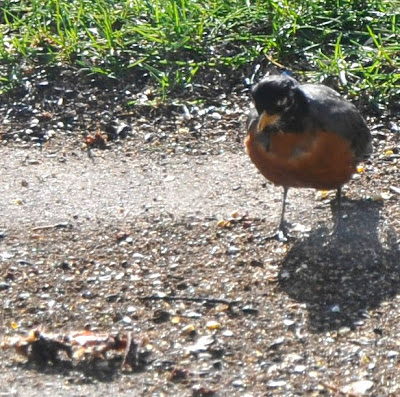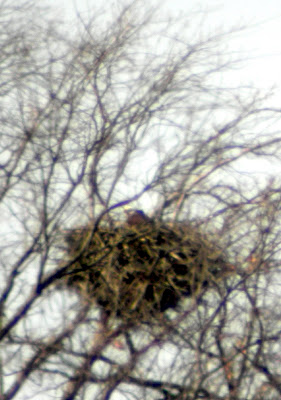
The Playful Fledglings of Isolde and Tristan Enjoy Themselves, 2007
"All the merry dwellers of the trees and streams, and the myriad swarms of the air, called into life by the sunbeam of a summer morning, go home through death, wings folded perhaps in the last red rays of sunset of the day when they were first tried.
Trees towering in the sky, braving storms, for centuries, flowers turning faces to the light for a single day or an hour, having enjoyed their share of life’s feast–all alike pass on and away under the law of death and love.
Yet all are our brothers and they enjoy life as we do, share heaven’s blessings with us, die and are buried in hallowed ground, come with us out of eternity and return into eternity."
~~ John Muir














































